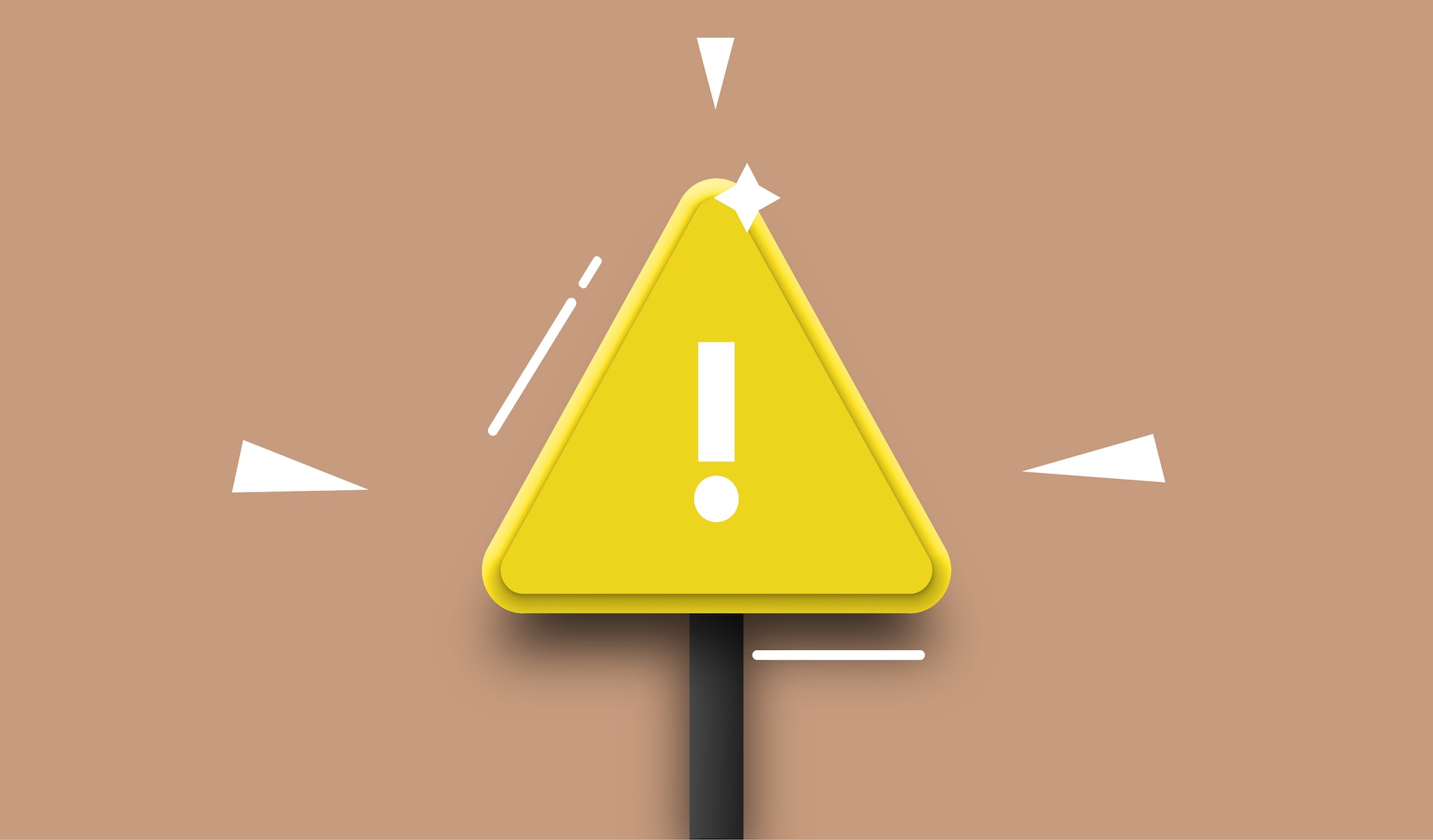Workplace safety is essential for every employee in all industries. It involves the creation of a safe and healthy environment where employees can work without fear of injury. Knowledge of safety measures significantly reduces the risk of workplace accidents, enhancing productivity and overall employee well-being.
This article will provide you with some practical tips to ensure safety at your workplace.
Understanding Safety Regulations
One of the primary steps in maintaining workplace safety is understanding the safety regulations set by the Occupational Safety and Health Administration (OSHA). These guidelines exist to safeguard the well-being of workers across various sectors. OSHA covers all aspects of workplace safety, from machinery operations to the use of protective gear. So, make sure to familiarize yourself with these regulations relevant to your industry.
Proper Use of Safety Gear
Using safety gear correctly is vital to protect yourself from potential hazards at work. This could range from safety goggles, hard hats, and gloves to specific items like a body armor plate in security-focused jobs. Always ensure you’re using the right protective equipment for your task and that it’s in good working condition.
Regular Safety Training
Enroll in safety training programs at your workplace regularly. These programs not only keep you informed about safety practices but also update you on new regulations or equipment. Regular safety training helps reinforce the importance of safety rules and procedures.
Good Housekeeping
A clean and organized workplace reduces the chances of accidents. Keep your work area free of clutter and dispose of waste materials properly. Ensure pathways are clear and spills are cleaned immediately to prevent slips, trips, and falls.
Ergonomics
Adopting proper ergonomics at work can prevent strains and musculoskeletal disorders. Set up your workstation to promote good posture, take regular breaks, and perform stretching exercises to relieve muscle stress.
Reporting Unsafe Conditions
Always report unsafe conditions or practices at your workplace. Your alertness can prevent accidents and create a safer environment for everyone. It’s your responsibility to keep an eye out for potential hazards and bring them to the attention of the management.
Emergency Preparedness
Understand your workplace’s emergency response plans. This includes knowing evacuation routes, meeting points, and emergency contact numbers. Participate in drills to familiarize yourself with these procedures.
Maintain Open Communication
Encourage internal communications through videos about safety concerns. Other internal communication forms could also be through regular team meetings, suggestion boxes, or one-on-one discussions with supervisors if necessary. An open communication culture helps identify and resolve potential hazards before they escalate into serious issues.
Stress Management
Stress management plays a crucial role in maintaining a safe workplace. Long-term stress can lead to a variety of health issues and can also affect your ability to focus, increasing the risk of accidents. Here are some tips on how to manage stress at work:
- Regular Exercise: Exercise is a powerful stress reliever. It enhances your mood by boosting the production of your brain’s feel-good neurotransmitters, known as endorphins. Even a short walk during your lunch break can help reduce stress levels.
- Healthy Eating: A balanced diet not only keeps you healthy but also helps in managing stress levels. Eating a diet rich in fruits, vegetables, lean protein, and whole grains can keep your energy levels stable throughout the day.
- Breathing Techniques: Simple breathing techniques can be highly effective in reducing stress. Deep, slow, and steady breathing can help calm your mind, lower your heart rate, and relax your muscles, reducing stress levels.
- Mindfulness and Meditation: Practicing mindfulness and meditation can help manage stress and improve focus. These techniques train your brain to stay calm and focused, even in stressful situations.
- Seek Support: Don’t hesitate to seek help if you’re feeling overwhelmed. Many workplaces offer counseling services or have Employee Assistance Programs (EAP) that provide resources for stress management. Sharing your concerns with a trusted colleague or supervisor can also provide relief and help you find solutions.
Avoid Shortcuts
Every job procedure exists for a reason. Avoid taking shortcuts that compromise safety. Even if a task takes longer to complete, your safety should always be the top priority.
Personal Protective Equipment (PPE) Inspection
Before using any personal protective equipment (PPE), conduct a quick inspection to ensure it’s in good condition. Damaged PPE may not offer the protection you need, leaving you exposed to potential hazards.
Taking Breaks
Take regular breaks throughout the day. Continuous work can lead to fatigue, reducing your focus and increasing the risk of accidents. Short breaks allow you to rest and rejuvenate, enhancing your productivity and safety.
Conclusion
Workplace safety is a shared responsibility that requires active participation from everyone. Implementing these tips will not only make your workplace safer but also more efficient and pleasant. Remember, safety should never be compromised, so stay informed, vigilant, and proactive in maintaining a secure work environment.
















